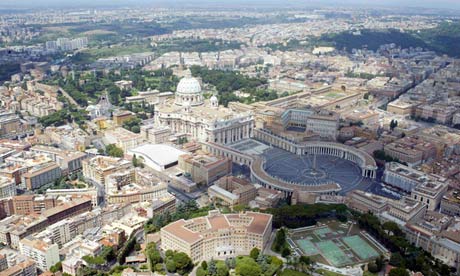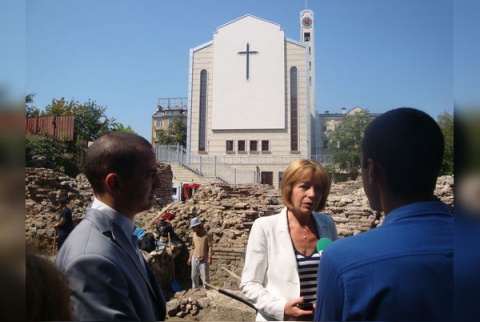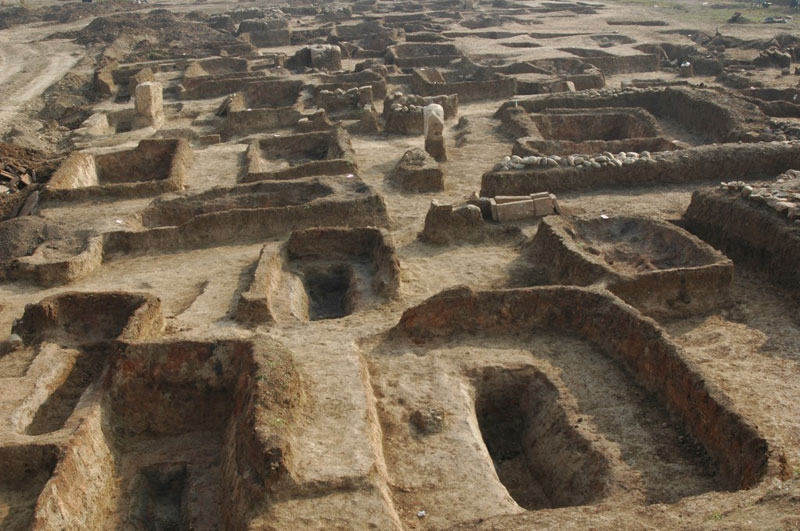The isotope curve shows that the emissions of the greenhouse gas
methane had several peaks in the last 2,100 years. 1: During Roman
times, where a lot of wood was burned for heating and for the processing
of metals. 2: During the warm Middle Ages, where forests caught on
fire. 3: In the "Little Ice Age", which was a very cold and dry period.
4: The methane concentration has increased dramatically since approx.
the year 1800, when industrialization took off and triggered energy and
food production, for example, rice fields. (Credit: NBI)
Emissions of the greenhouse gas methane into the atmosphere can be
traced back thousands of years in the Greenland ice sheet. Using special
analytical methods, researchers from the Niels Bohr Institute, among
others, have determined how much methane originates from natural sources
and how much is due to human activity. The results go all the way back
to Roman times and up to the present, where more than half of the
emissions are now human-made.
The results are published in the scientific journal, Nature.
Methane is an important greenhouse gas, which today is partly emitted
from natural sources and partly from human activities. The emissions
from natural sources varies due to the climate variations. For example,
bacteria in wetlands release methane and less is emitted in dry periods
as the wetlands shrink.
Read the rest of this article...









